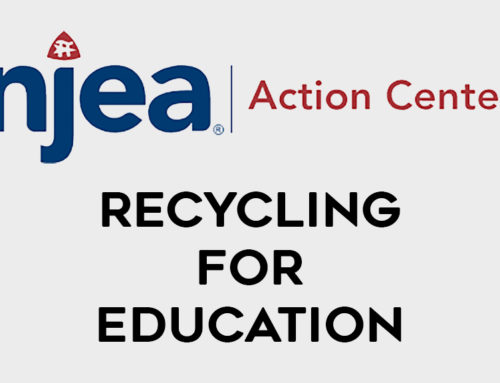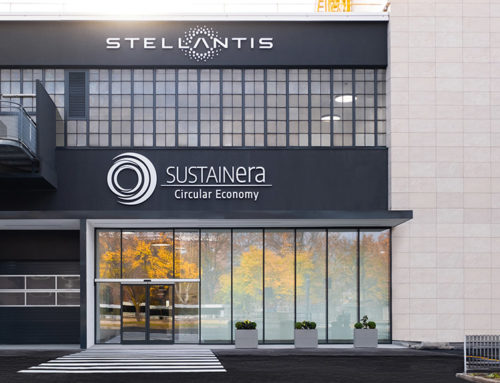Through September’s National Preparedness Month, we have been reminded of the importance of being ready for unforeseen events. FEMA’s national preparedness goal underscores the need to safeguard our nation against threats and hazards and to explore how we can leverage technology today to create a safer and more resilient tomorrow’s infrastructure.
The world is experiencing unprecedented shifts in weather patterns due to climate change, making it imperative for scientists and engineers to develop cutting-edge technologies that can fortify our communities. While the task may seem daunting, there are already solutions at our disposal that can pave the way for a more resilient future.
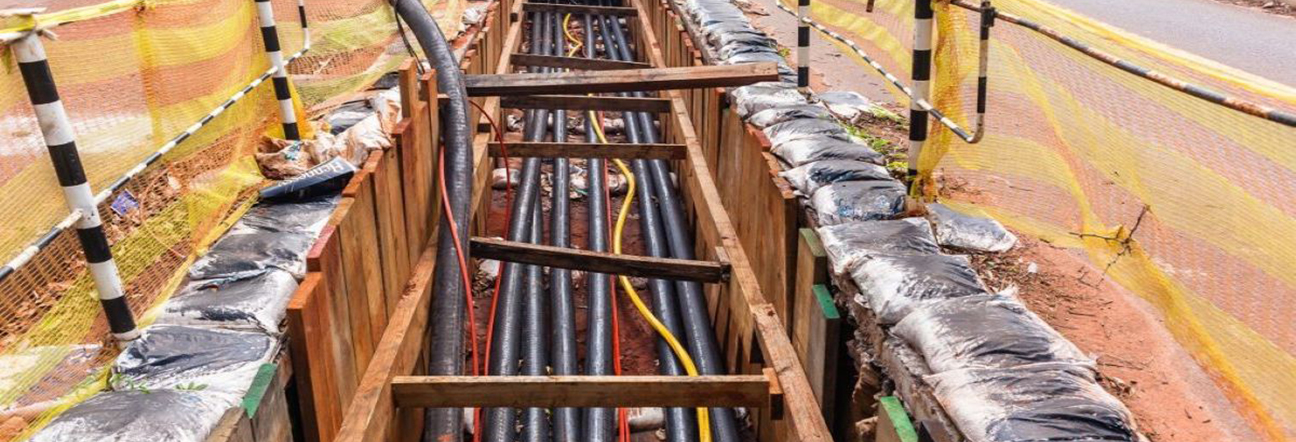
Undergrounding with Durable Cables
One of the key vulnerabilities in our infrastructure is the vulnerability of above-ground electrical and communication cable lines to extreme weather and natural disasters. Maintaining the integrity of these critical networks is essential for communities to recover swiftly in times of crisis. Fortunately, advances in material science have produced technologies that can significantly enhance the performance and weatherability of these cables.
Dow’s ENDURANCE™ Compounds for Power Cable Systems, for example, exemplify the cutting-edge innovations available today. These compounds offer exceptional reliability and longevity for insulation, semi-conductive, and jacketing applications in cable systems, ranging from extra-high-voltage to medium-voltage. In particular, the ENDURANCE HFDC-4202 EC Compound for Cable Systems boasts a best-in-class life expectancy, bolstering the resiliency of power and communication networks.
As the demand for 5G and broadband connectivity surges in the United States, material science innovations are also contributing to the reliability of fiber optic networks. AXELERON™ Telecom Cable Compounds, featuring CONTINUUM™ Bimodal Polyethylene Resins, are revolutionizing the performance and deployment of these networks. These advancements offer increased reliability, efficiency, ease of installation, and lower life-cycle costs, ensuring long-term resiliency.
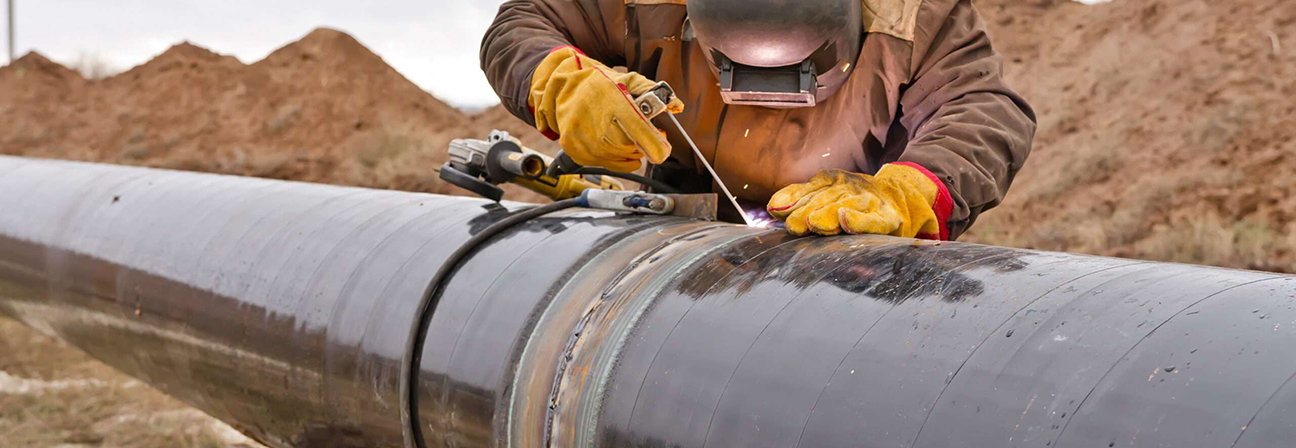
Ensuring the Longevity and Durability of Pipelines
Pipelines play a critical role in distributing vital resources like energy and managing water drainage. However, aging pipe systems pose serious risks, including water delivery disruptions, flooding, and electrocution hazards. To address these concerns, Dow has developed a comprehensive suite of pipeline solutions that can significantly enhance durability and leak resistance.
CONTINUUM Bimodal Polyethylene Resins are a cornerstone of these solutions, enabling the creation of exceptionally durable pipelines capable of serving communities in virtually any climate. These resilient pipelines ensure the reliable distribution of resources such as natural gas and water, bolstering the resilience of our infrastructure.
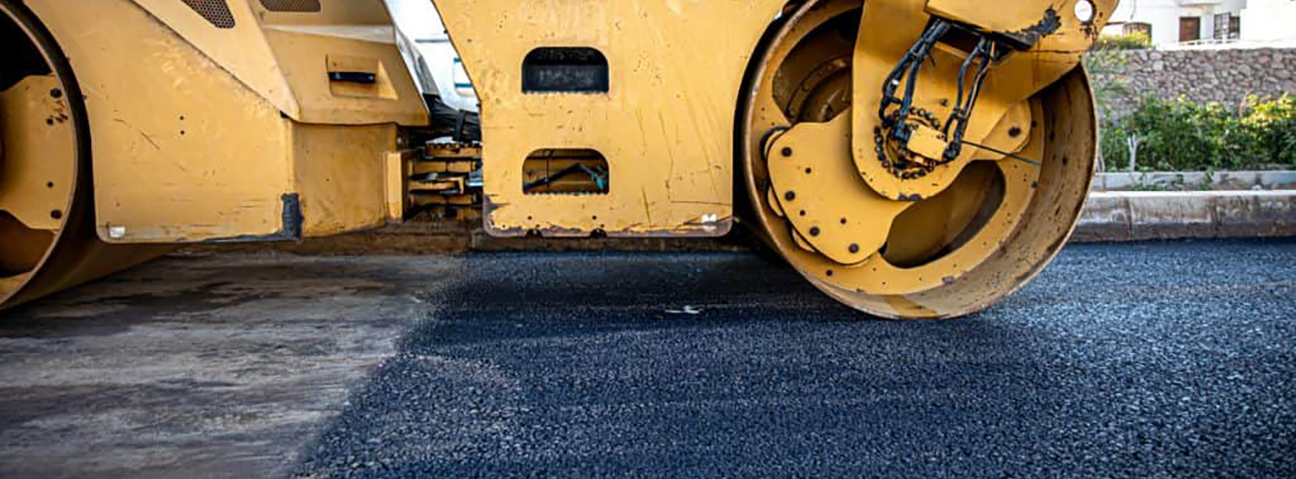
Modifying Asphalt for Stronger Roads
Deteriorating roads are a visible manifestation of outdated and crumbling infrastructure. Traditional pavement often succumbs to rutting, stripping, and cracking, leading to deformation over time and heightened susceptibility to damage during natural disasters. Such road damage can hinder emergency response efforts and disrupt the lives of community members.
Polymer-modified asphalt (PMA) provides a solution to this pervasive issue. Roads constructed with PMA offer up to 30% increased durability. Moreover, post-consumer recycled (PCR) content can be incorporated into recycled polymer modified asphalt (RPMA), reducing plastic waste in landfills and the environment.
Dow’s ELVALOY™ Reactive Elastomeric Terpolymer (RET) is a crucial component in enhancing PMAs, with a track record spanning over three decades. This collaboration with organizations like the National Asphalt Pavement Association yields safer, longer-lasting roadways, delivering elevated performance, extended service life, and lower life-cycle costs when compared to conventional asphalt.
As climate intensity continues to rise, recovery costs become increasingly daunting. However, our focus should remain on updating our infrastructure with the advanced materials-science-based technology available today. With innovative solutions like those highlighted in this article, we have the tools to build resilience into our society and navigate the storms of the future with confidence. National Preparedness Month serves as a reminder that we must act now to ensure a safer and more resilient tomorrow.


